Human Resources Analytics
Performance Monitoring
Performance monitoring in human resources analytics involves tracking and evaluating employee performance using data-driven metrics. This process helps identify top performers, recognize areas where employees may need additional support or training, and align individual performance with organizational goals. By analyzing performance data, HR professionals can make informed decisions about promotions, compensation, and professional development, ensuring that the workforce remains productive and motivated.
Workforce Planning
Workforce planning uses data analytics to forecast future workforce needs based on factors such as employee turnover, retirement rates, and business growth. This strategic approach helps organizations ensure they have the right number of employees with the necessary skills to meet future demands. Effective workforce planning enables businesses to proactively address talent gaps, optimize staffing levels, and maintain a competitive edge in the market.
Recruitment & Retention
Recruitment and retention analytics focus on improving the hiring process and reducing employee turnover. By analyzing data from previous recruitment campaigns, employee satisfaction surveys, and exit interviews, HR professionals can identify trends and make data-driven decisions to attract and retain top talent. This approach helps optimize recruitment strategies, enhance the employee experience, and build a stable and committed workforce.
Employee Engagement Tracking
Employee engagement tracking involves measuring the level of engagement and satisfaction among employees through surveys, feedback tools, and behavioral data. High levels of engagement are linked to better performance, lower turnover, and a more positive workplace culture. By regularly monitoring engagement metrics, organizations can identify areas for improvement, implement targeted initiatives to boost morale, and ensure that employees feel valued and motivated.

